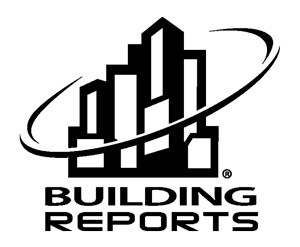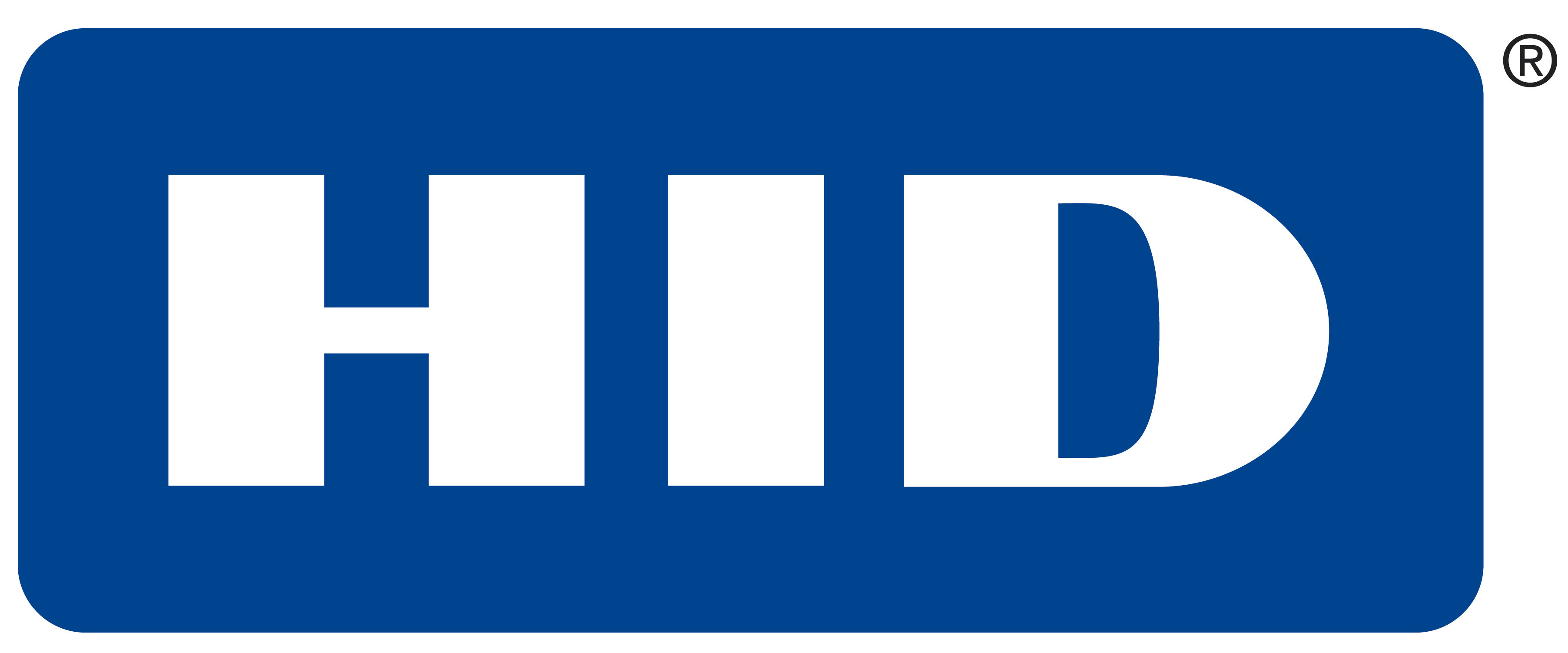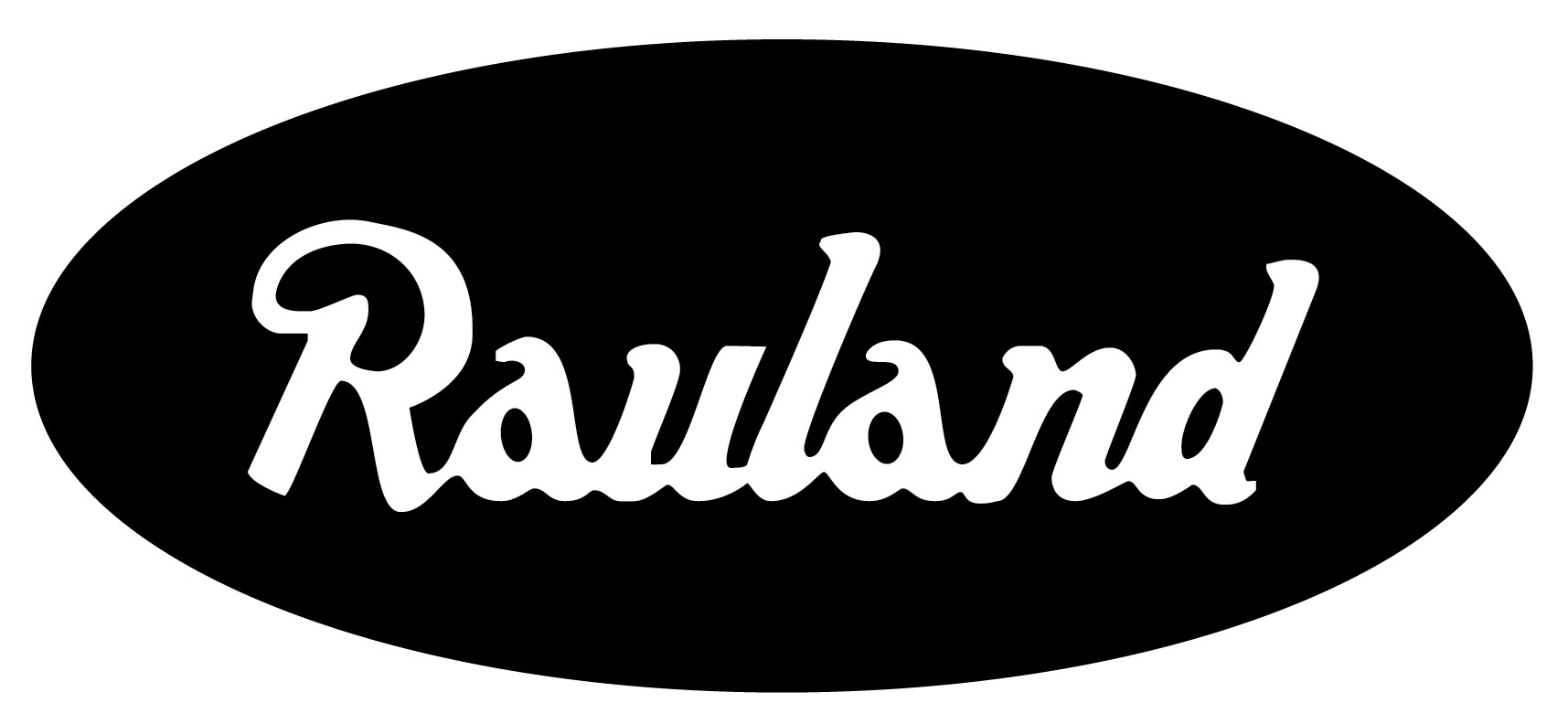Life Safety
You need more than good life-safety system design and installation to keep people safe and comply with state or local building agencies, governing bodies, and/or associations in your industry. CEC designs life-safety systems that protect building occupants and assets, comply with all necessary codes and regulations, and provide the protection you need – within your budget. Each individual life-safety system is important, but we can help you make the most of these systems by integrating them to identify problems earlier, support faster response, and better manage emergency situations.
Fire Detection and Alarm
From simple zoned fire alarm systems to intelligent addressable systems – or hybrid solutions – fire alarm systems must detect fires early for fast intervention while meeting standards, codes, and insurance requirements. Today’s detection systems reduce false-alarm potential by comparing findings with nearby detectors, telling you exactly where a fire is – along with any smoke or combustion particles. Alarm systems can alert not only emergency authorities, but also occupants, specific personnel, and visitors. CEC’s NICET-certified technicians are trained and qualified to work on any system. Our designs always adhere to the NFPA code followed by your local AHJ.
Fire Protection
Make sure your employees and building occupants are trained to know how to react during a fire with our state-of-the-art extinguisher simulation training. Proper hands-on exercises teach the physical and technical skills needed during a fire emergency, helping employees understand what a true fire situation is like. We bring this education straight to you, with no live fire required. As part of your life safety inspections, we can also test sprinkler systems to make sure they function properly, allowing you to catch any potential problems before it’s too late.
Emergency Communications
A high-quality, intelligible emergency communications solution delivers alerts to the people you need to protect, whether you’re providing updates or sharing important instructions about what to do and where to go. We follow NFPA 72 Chapter 24 guidelines for emergency communications to ensure that the systems we design provide powerful notification through audio, computer screens, digital signage, and/or smartphones to everyone in the building. Integrating emergency communications with fire alarm and security systems also allows alerts and messages to be sent immediately to the people who need to know about potential threats.
Hazard Warning
Fire isn’t the only hazard that should be monitored – smoke, carbon dioxide, and gas fill can also have harmful effects on occupants and assets. We design accurate and reliable hazard-warning systems that alert building occupants about potentially dangerous situations in protected areas. Precisely track several types of hazards over time, and receive early notifications of changes in hazard levels to avoid unsafe situations.
Inspection Reports
Inspections keep your life-safety system fully operational while minimizing false alarms. Our inspectors undergo rigorous training, including NICET certification. They have extensive experience in testing and servicing all types of fire alarm systems. We can find failed devices, pinpoint the reason they failed, and propose solutions. Once inspections are complete, you have 24/7 online access to the data – including information about your building’s sprinklers, fire detection and alarm systems, extinguishers, and exit/emergency lighting. This helps you comply with necessary reporting for OSHA, Joint Commission, CMS, and NFPA, as well as local regulatory standards.
UL Central Station Monitoring
Around-the-clock central station monitoring gets your security and fire alarm system activation signals to a central station within seconds for fast, 24/7 response to emergencies requiring police and/or fire assistance. Our central station partner, Rapid Response Monitoring, is UL Listed and manages 2 million accounts for more than 3,500 independent alarm dealers nationwide. You receive fast, efficient, and professional monitoring, no matter the conditions. Central station monitoring can also help you comply with regulations set forth by codes, standards, or even your local AHJ.

















